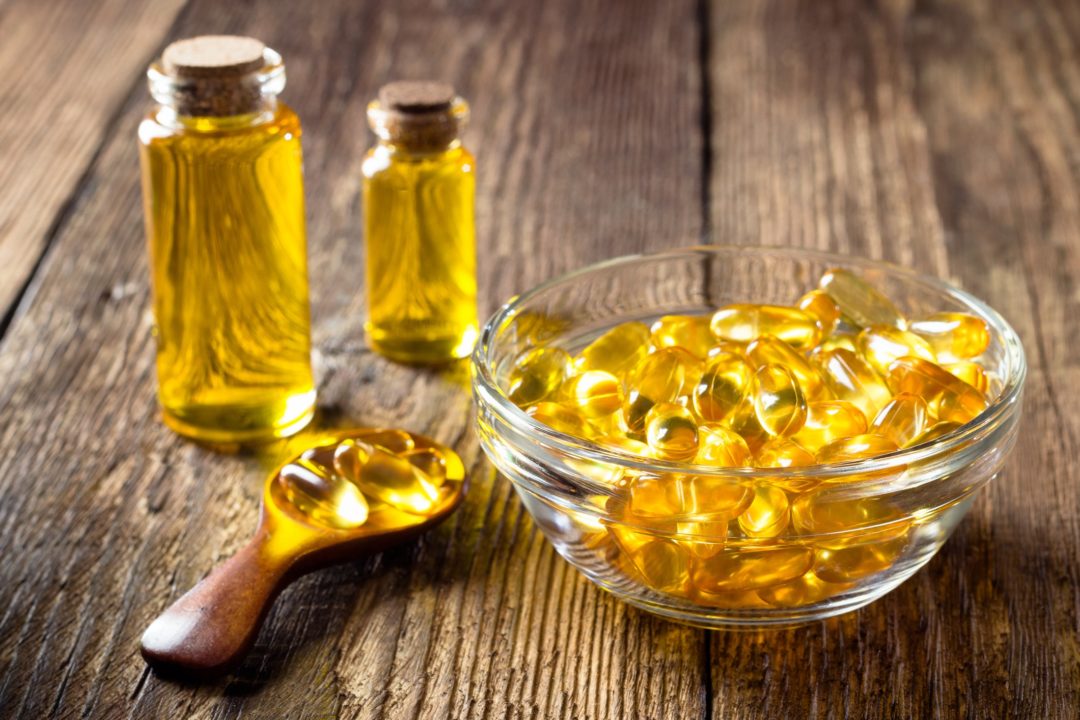The release notes that, up until now, there has been little guidance regarding EPA and DHA dosage—and that lack of guidance has probably contributed to the wide variation in study results in recent years. Kristina Harris Jackson, Ph.D., RD, said in the release: “A low dose could make a study show no effect of EPA and DHA, which makes the literature more indecisive and the medical community more skeptical of omega-3 benefits. Hopefully, ensuring the dose of EPA and DHA is high enough to reach a target Omega-3 Index level will clarify whether or not EPA and DHA are effective.” Dr. Jackson was the co-lead authoron a recent paperpublished in Journal of the American College of Cardiology that found that 4g of EPA (as opposed to the usual .84g) led to a 25% risk reduction in CVD events.
Related: Wiley’s and OmegaQuant Educate on Omega-3 Index Tests Omega-3 Expert: New Science Links Omega-6 to Heart Benefits Study: Fish Consumption and Supplementation Necessary for Healthy Omega-3 Levels
The model equation uses the baseline O3I of a population to estimate the dosage necessary to achieve a mean O3I of 8% in 13 weeks. Those with a baseline O3I of 2% would require 2200mg of EPA and DHA; an O3I of 4% would require 1500mg; and an O3I of 6% would require roughly 750mg. In order for 95% of subjects to achieve a desirable O3I from a baseline of ~4%, subjects would need to take roughly 2000mg per day of EPA or DHA (depending on the chemical form).Dr. Jackson notes that “individual responses to EPA and DHA are still very difficult to predict,” however. “In a recent consumer cohort, we found individuals spanned the full range of Omega-3 Index despite reporting the same amount of fish intake and supplement use.”










